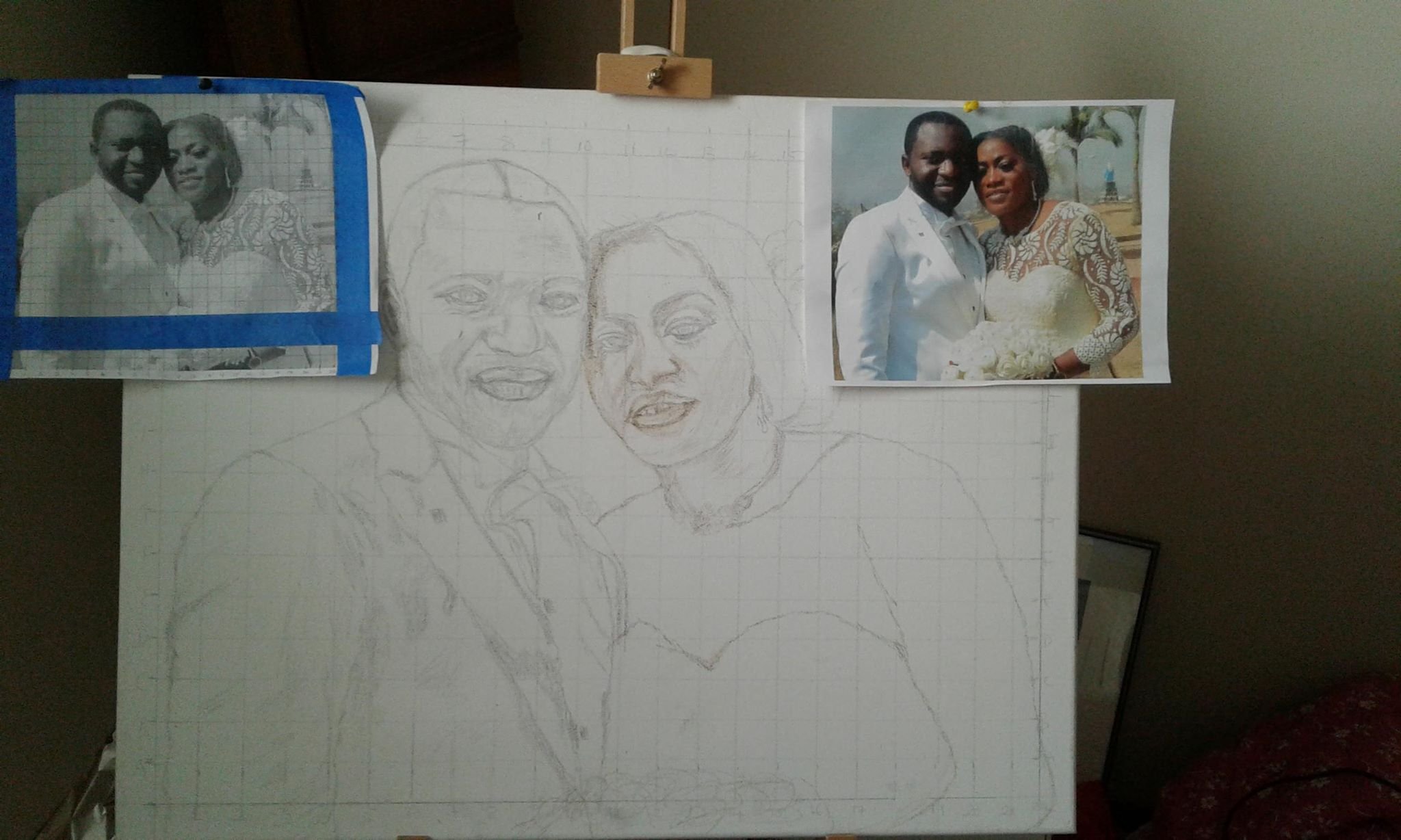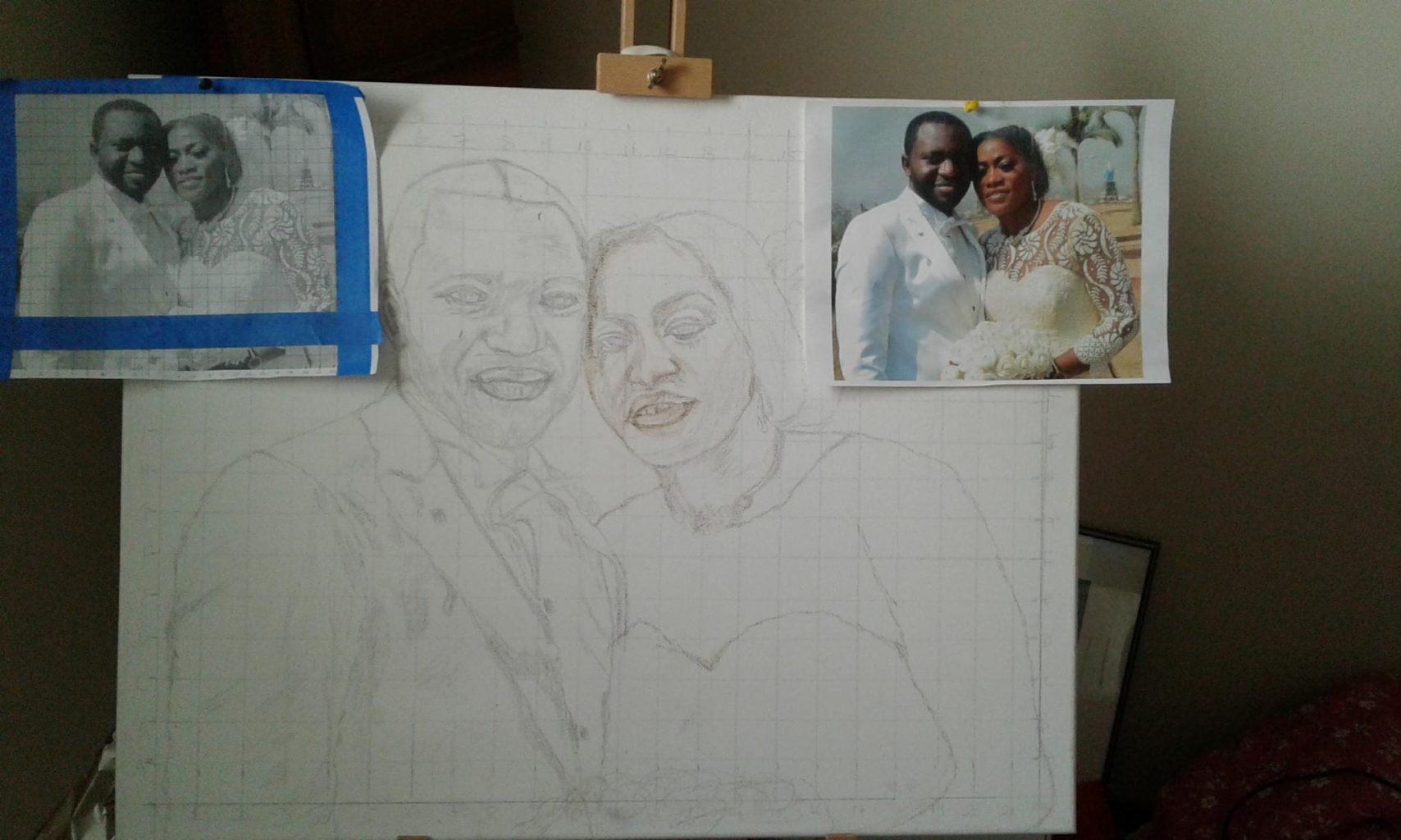To create a realistic portrait you need a lot of different elements all working together.
The main three elements are accurate form, value, and color.
All of these elements are tied together, and even overlap a bit. Today, I want to show how form and value work together, and how you need to represent value accurately to portray correct form.
One of my students recently asked to have his portrait critiqued, while in the sketch stage. As I was recording his critique, the idea of capturing value to portray a realistic likeness came up.

In other words, if you want the person you’re painting to look like them, you have to pay close attention to the shadows. It’s just as important to capture these shadows as it is to draw the features such as the eyes, nose, mouth, etc. with correct placement, proportions, and shape. The ability to see the shadows on a face is vitally important to create the illusion of three-dimensionality on the canvas. You need to be able to see the inherent shape of a shadow from your reference photo–its hard edge and soft edge.
On a photograph that can be hard to discern.
You have an almost unlimited array of values with micro-nuances that can make it very challenging to see the “big picture” of the main shapes of the shadows. But if you can train yourself to see those main, abstract shapes you will go a long way to being able to draw and paint realistically.
By the way, the edges are defined not only by shadows, but differences in value due to the actual value (light and dark) of the objects themselves. (For example, the contrast between the man’s flesh tone and white suit. Or, on a smaller level, the difference between his black beard on his dark brown skin.
There are borders to all the shadows and values Your job is to see the most obvious edge, pick a line, and define it.
Watch the video below and I’ll show you what I’m discussing here, using this student’s portrait sketch (supplied with his permission) as an example.


